Feeding Fish Plants – What Are Some Plants That Fish Eat
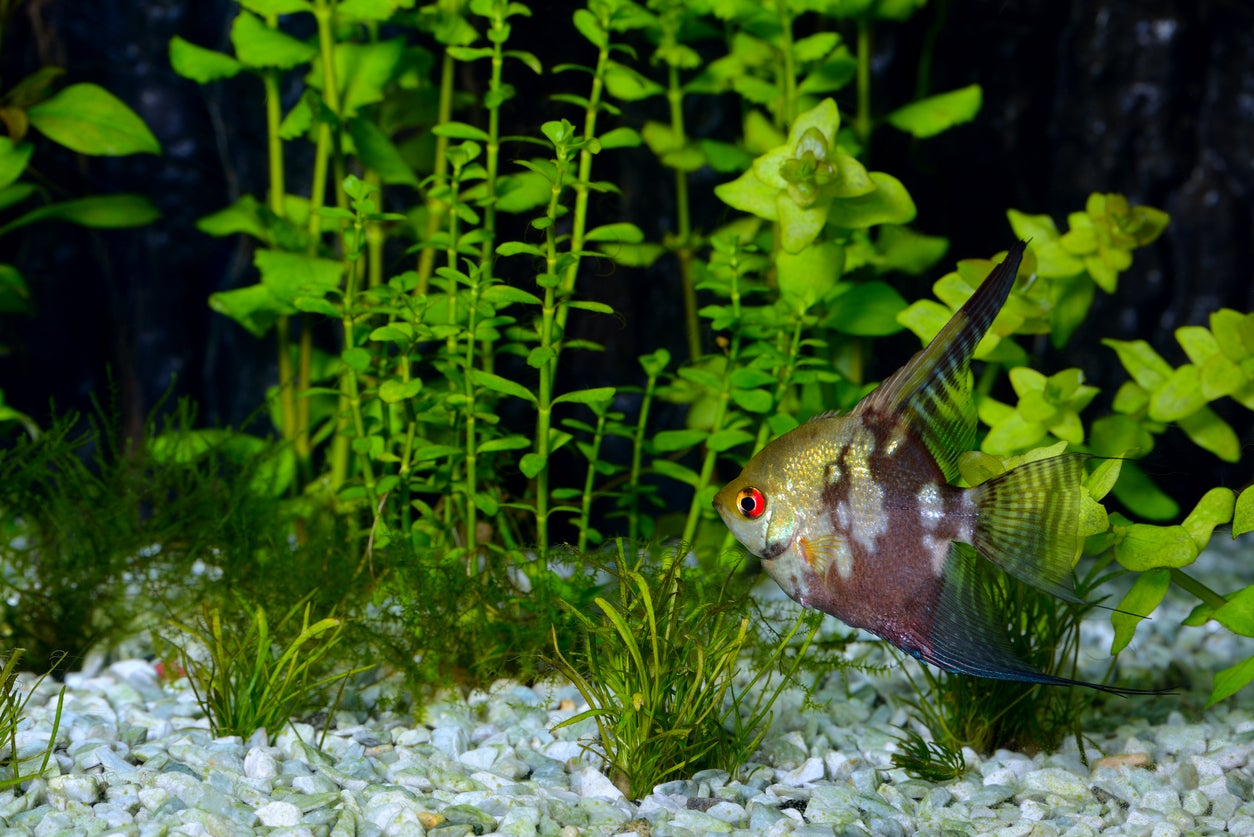

In their natural environment, both herbivorous and omnivorous fish are adept at finding edible plants, and “domestic” fish like fish plant food as well. Whether your fish are in an aquarium or a pond in your backyard, you can provide plenty of aquatic plants for fish to munch on.
Fish Plant Food Info
Edible plants for fish should be sturdy and safe, and if you’re feeding fish plants in an aquarium, they should be attractive to look at, even when they’ve been nibbled on. Plants that fish eat should also be fast growing, but not so aggressive that they take over the water habitat.
Plants That Fish Eat
Below are a few ideas of edible plants for fish:
- Hygrophila: Hygrophila is a hardy, fast-growing tropical plant. “Hygro” is good for beginners and is readily available in nearly any pet store. Pinch back plants if they grow too fast.
- Duckweed: Also known as “water lense,” duckweed is an attractive plant that grows quickly, especially if exposed to bright light. The small, round leaves float on the surface of the water or just below.
- Cabomba: Cabomba displays beautiful, feathery foliage with interesting, whorled leaves. This plant is available in red and green varieties. Bright light brings out the color.
- Egeria densa: Egeria densa is a common, fast-growing plant that most fish enjoy. This easy-to-grow plant also helps prevent the growth of algae. This plant should be limited to aquariums, as it can become invasive in ponds or other bodies of water.
- Aponogeton: This plant grows from bulbs, sending leaves to the surface of the water. Aponogeton often produces attractive flowers if light is bright enough. Several species are available.
- Rotala: An undemanding, sturdy aquatic plant with soft leaves that fish love to nibble. Rotala is available in several species, including one that turns bright red if exposed to adequate light.
- Myriophyllum: Myriophyllum is a fast-growing, fan-shaped plant with bright green leaves and feathery red stems. Parrot feather is the most common species used.
- Nymphaea lotus: Commonly known as water lotus, nymphaea lotus is an excellent fish plant food. The plant is also attractive, with fragrant blooms and leaves with reddish brown or purple markings.
- Limnophila: (Formerly known as Ambulia) Limnophila is a delicate aquatic plant that grows relatively quickly in good light but tends to get long and leggy in too much shade.
- Water sprite: Water sprite is a lovely aquatic plant that grows on the surface of the water. This tropical plant is not only beautiful but also helps prevent algae.
Gardening tips, videos, info and more delivered right to your inbox!
Sign up for the Gardening Know How newsletter today and receive a free copy of our e-book "How to Grow Delicious Tomatoes".

A Credentialed Garden Writer, Mary H. Dyer was with Gardening Know How in the very beginning, publishing articles as early as 2007.
-
 Looking For Plants To Give You The Soft And Fuzzies? Try These 5 Fuzzy Leaf Plant Options
Looking For Plants To Give You The Soft And Fuzzies? Try These 5 Fuzzy Leaf Plant OptionsLovers of texture, drama, silver foliage and tactile plants will adore these special sensory garden additions. These fuzzy leaf plant options will leave you all aglow
By Susan Albert
-
 Get Ready For A Summer Of Hummers! Grow These Full Sun Hummingbird Plants and Flowers
Get Ready For A Summer Of Hummers! Grow These Full Sun Hummingbird Plants and FlowersIf you’re lucky enough to enjoy a sunny backyard, make sure you are maxing out on your pollinator opportunities and grow these full sun hummingbird plants and flowers
By Tonya Barnett
-
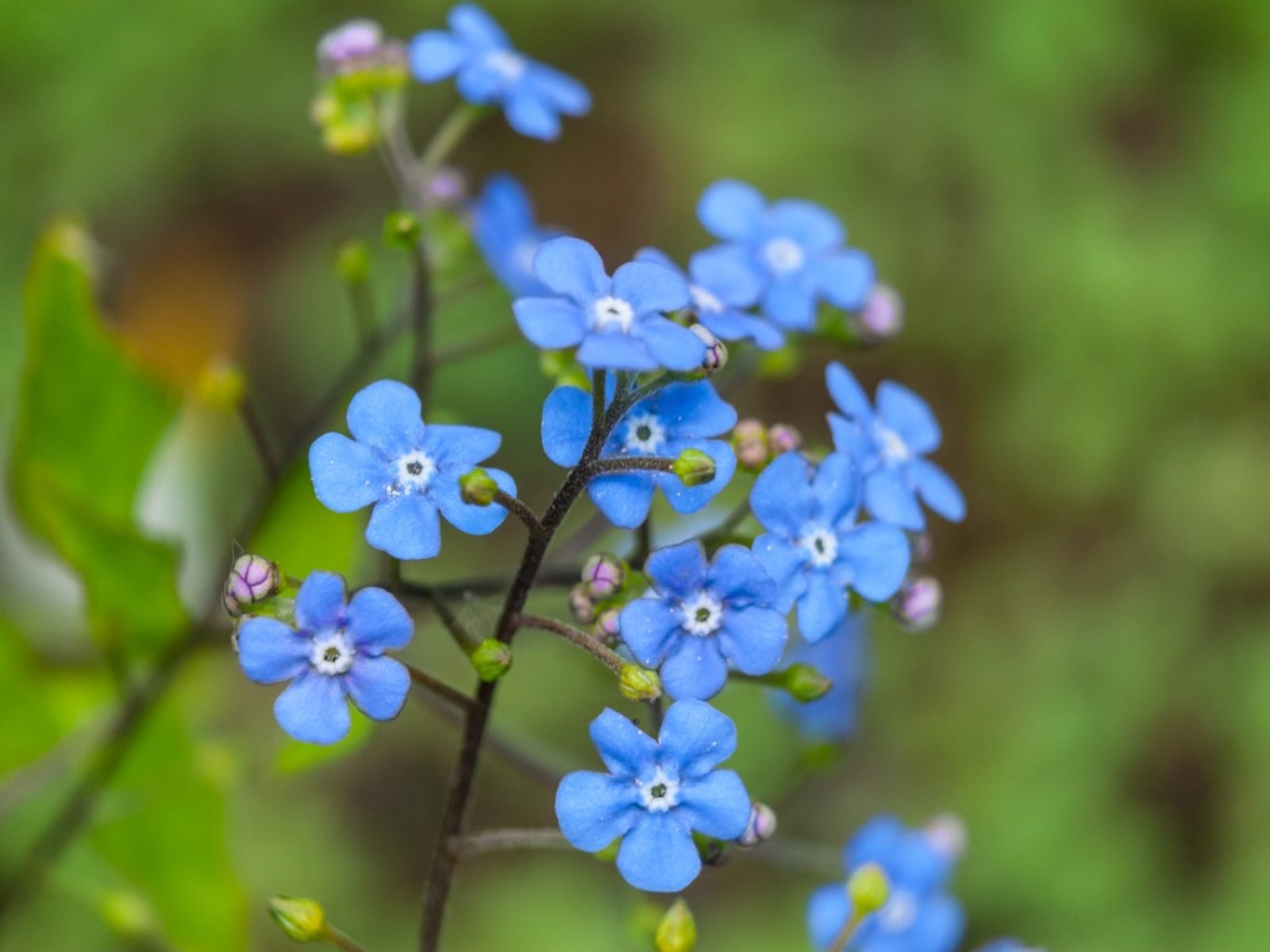 Flowering Pond Plants - Growing Aquatic Flowers
Flowering Pond Plants - Growing Aquatic FlowersAdding flowering pond plants to natural and manmade water features can be an easy way to quickly beautify a space with lush greenery and vibrant bursts of seasonal color. Read on for more.
By Tonya Barnett
-
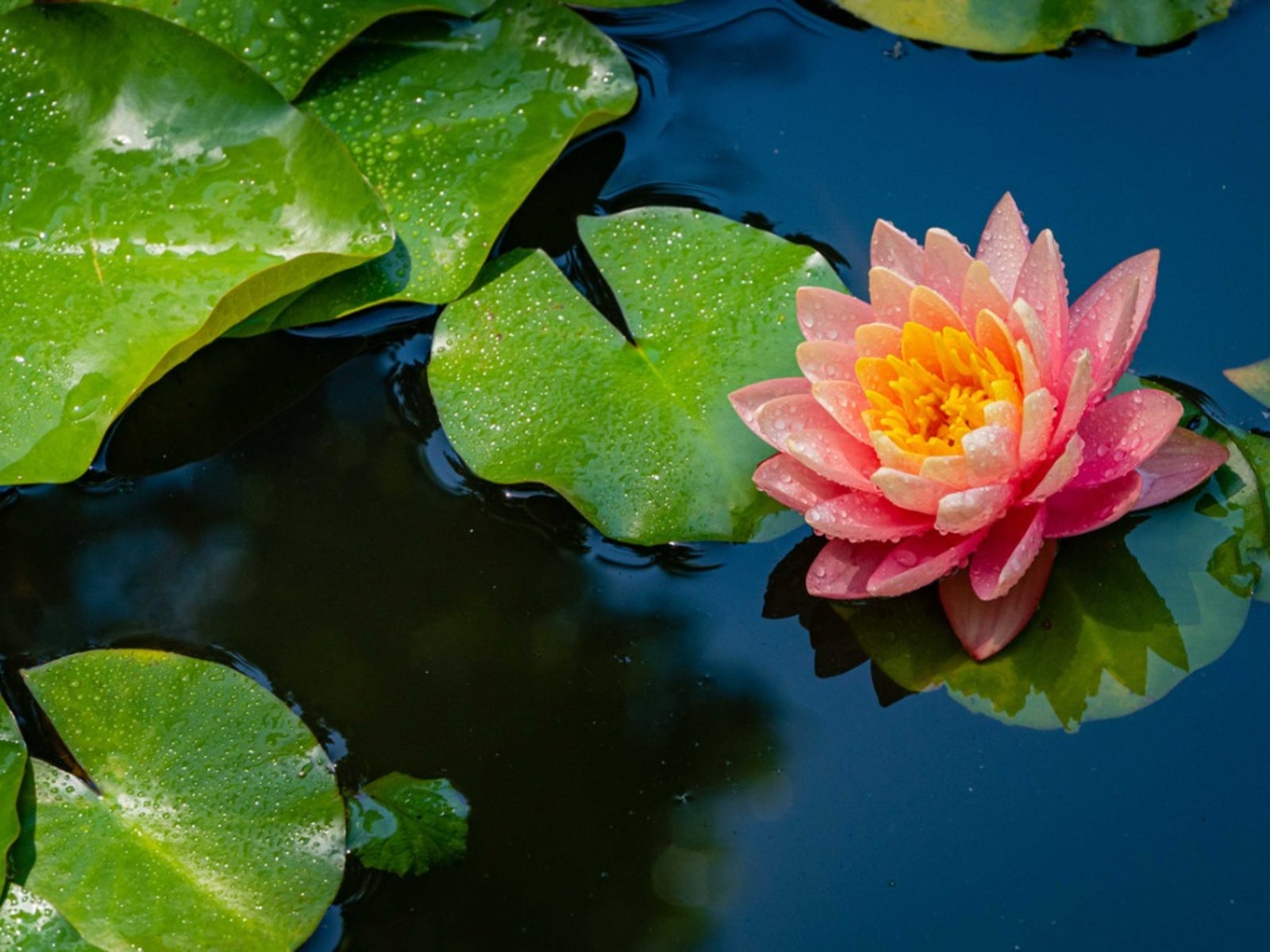 Full Sun Aquatic Plants - Full Sun Floating Pond Plants
Full Sun Aquatic Plants - Full Sun Floating Pond PlantsThere are pros and cons to putting a pond in full sun, but it's very doable. Here are some ideas to get you started.
By Mary Ellen Ellis
-
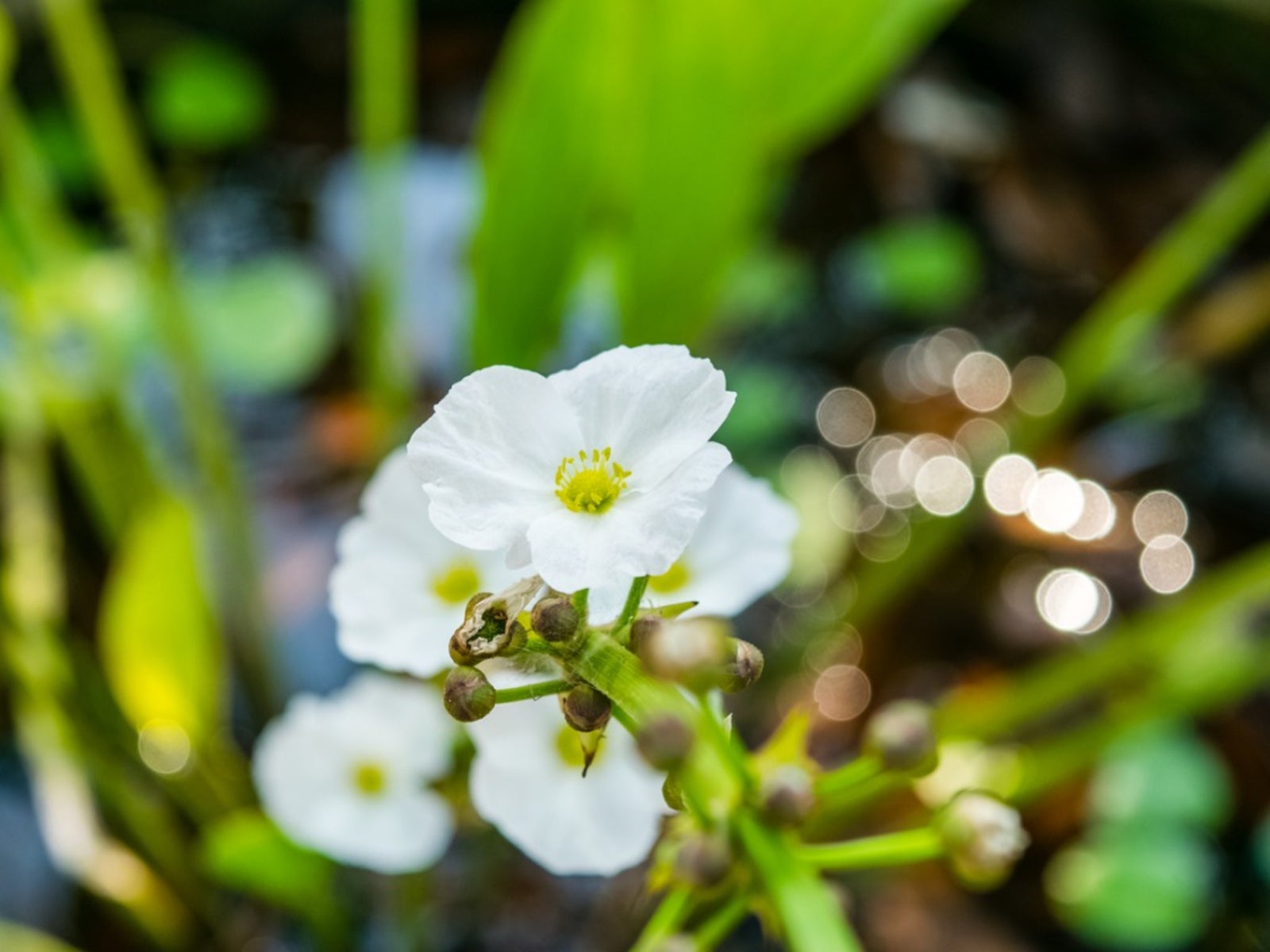 Echinodorus Creeping Burhead – Information On Creeping Burhead Plant Care
Echinodorus Creeping Burhead – Information On Creeping Burhead Plant CareCreeping burhead plants are members of the water plantain family and commonly used in freshwater aquariums or outdoor fishponds. Echinodorus creeping burhead is native to the eastern half of the United States. To learn more about the creeping burhead plant click the following.
By Laura Miller
-
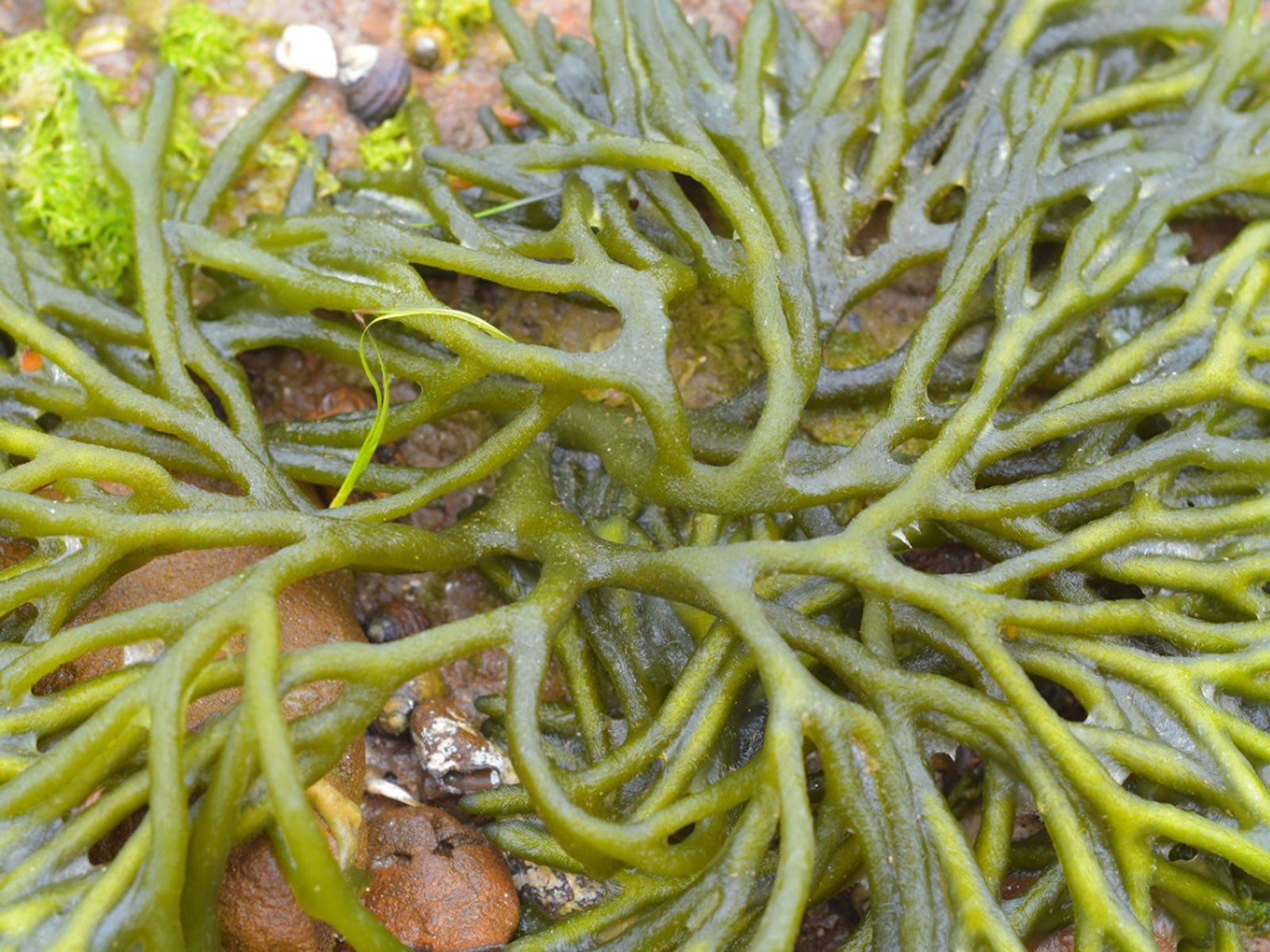 What Is A Saltwater Aquarium: Plants For Saltwater Aquariums
What Is A Saltwater Aquarium: Plants For Saltwater AquariumsBuilding and maintaining a saltwater aquarium requires some expert knowledge in choosing the right plants. Here are some choices to start with.
By Mary Ellen Ellis
-
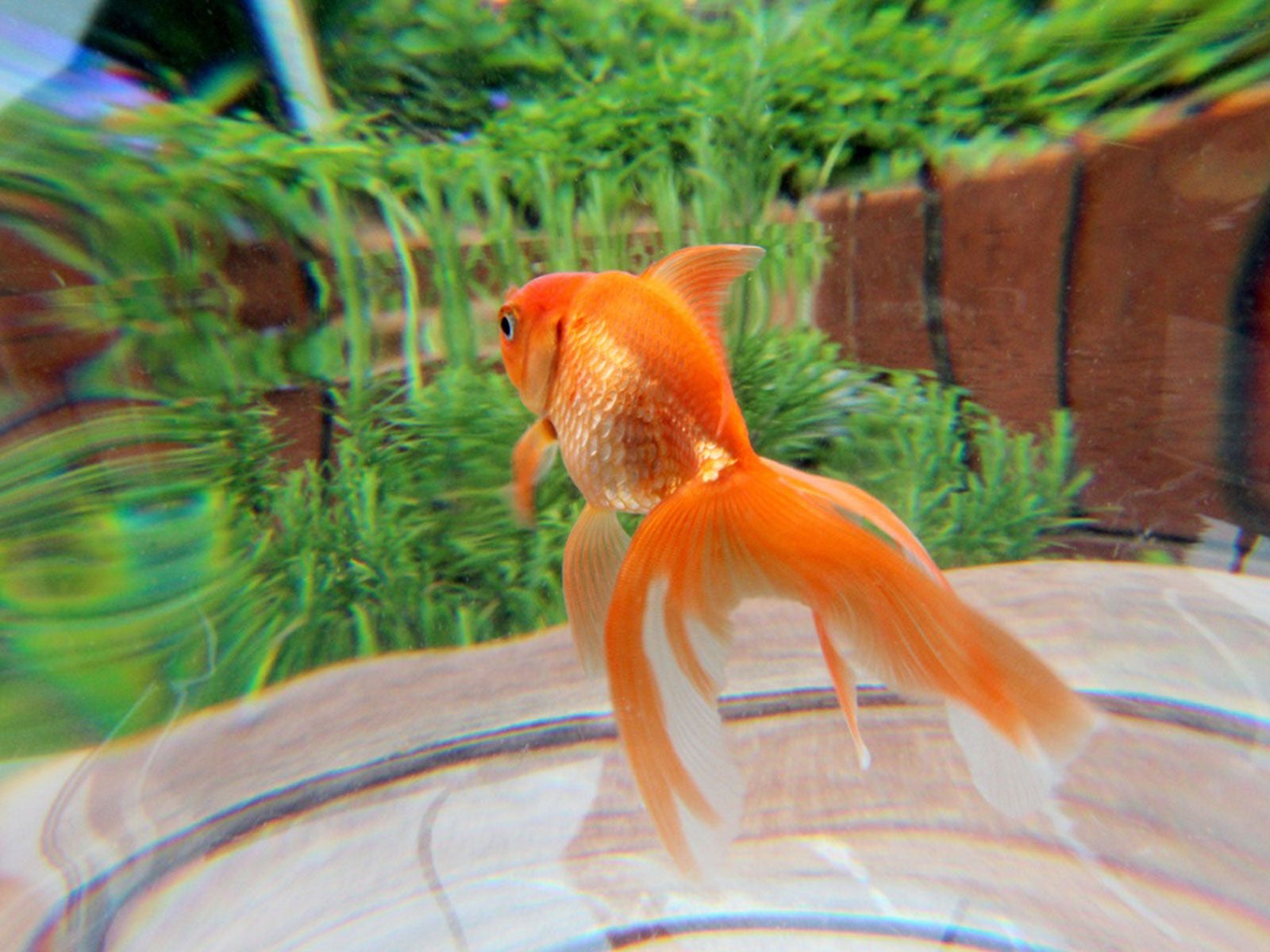 Outdoor Aquarium Ideas: Putting A Fish Tank In The Garden
Outdoor Aquarium Ideas: Putting A Fish Tank In The GardenAquariums are generally made for inside the house, but why not have a fish tank outside? Click here for tips and ideas on backyard aquariums.
By Mary Ellen Ellis
-
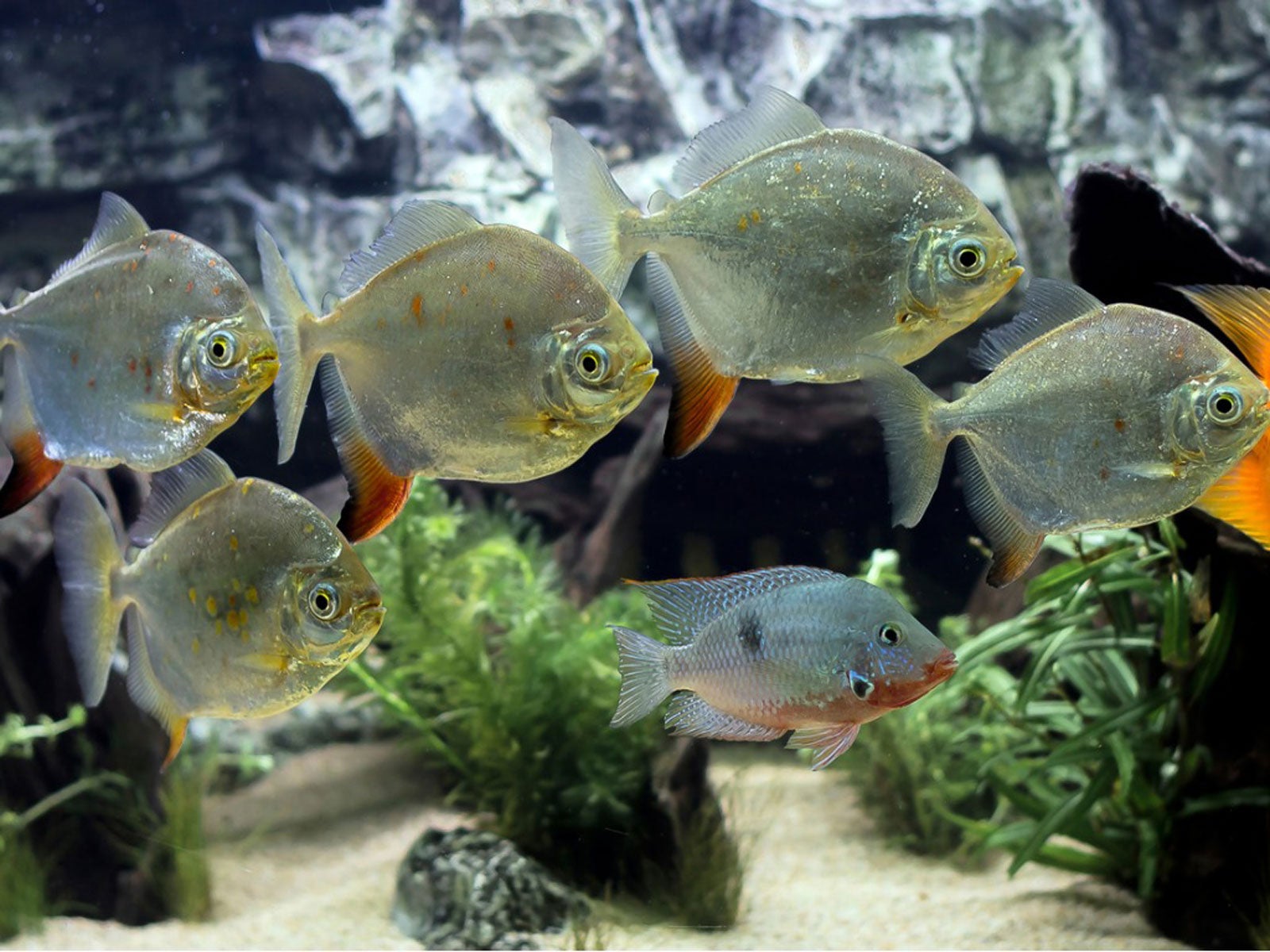 Fish That Eat Plants – Which Plant Eating Fish Should You Avoid
Fish That Eat Plants – Which Plant Eating Fish Should You AvoidGrowing plants with aquarium fish is rewarding, but if you want to combine plants and fish, learn what aquarium fish to avoid. This article will help.
By Mary H. Dyer
-
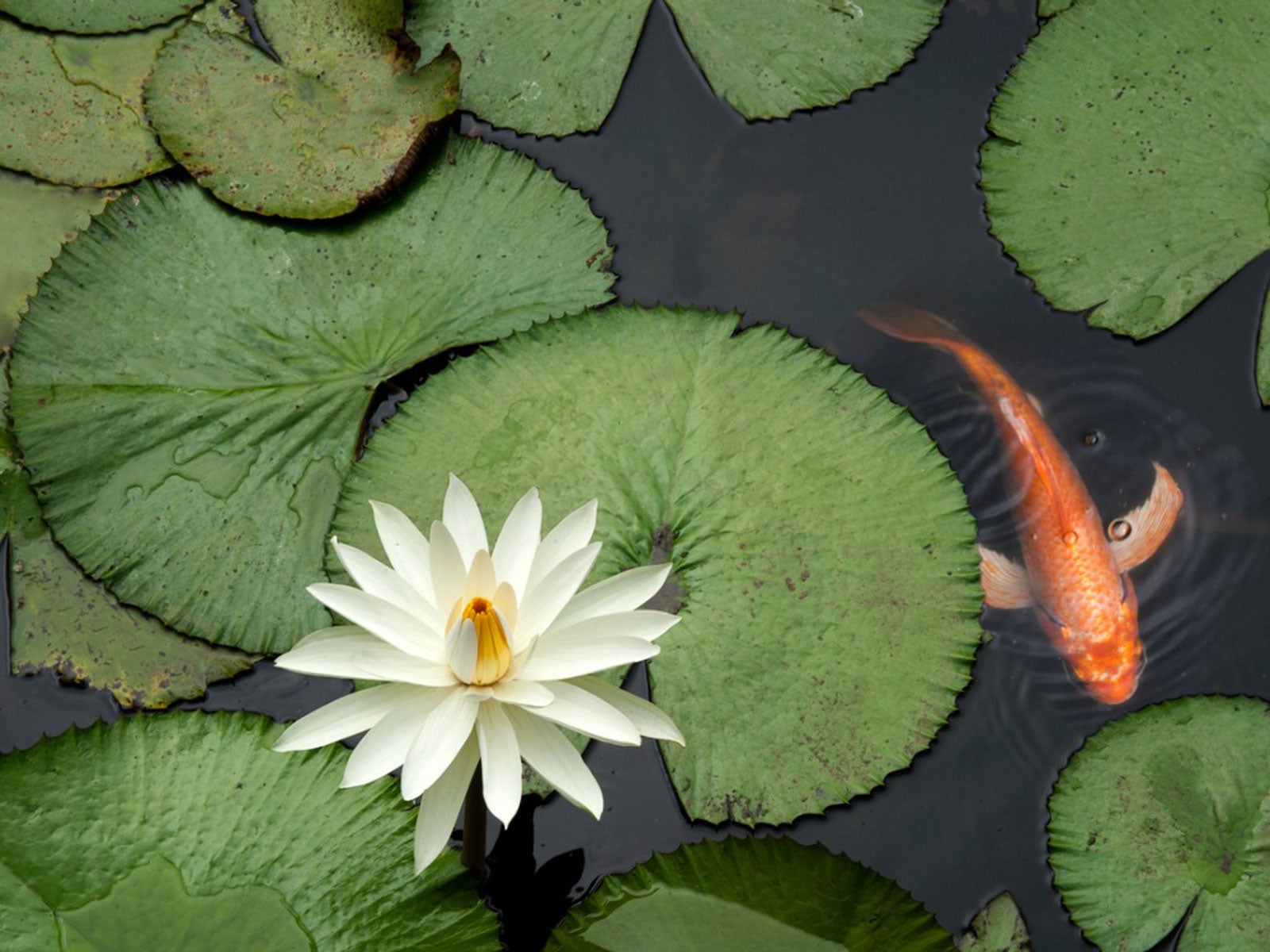 Is Pond Fertilizer Bad For Fish: Learn About Fish Safe Fertilizer
Is Pond Fertilizer Bad For Fish: Learn About Fish Safe FertilizerUsing fertilizer around fishponds must be done with care. Excess nitrogen causes algae, but can also contaminate the water and affect fish. Learn more here.
By Bonnie L. Grant
-
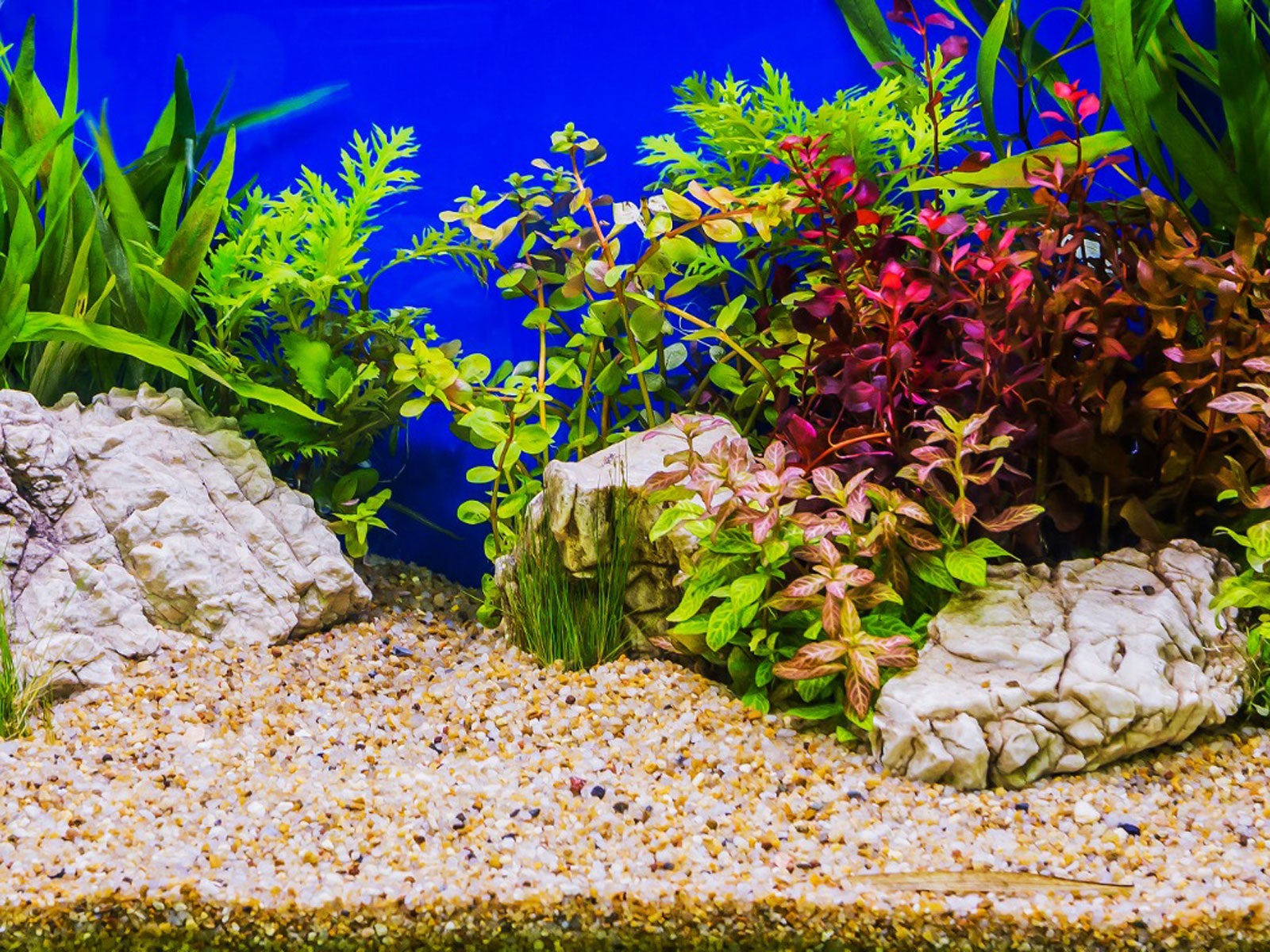 What Is Aquascaping – Creating An Aquarium Garden
What Is Aquascaping – Creating An Aquarium GardenAquatic gardening can be a rewarding endeavor, especially when aquascaping. Click this article to learn more about creating an aquarium garden.
By Nikki Tilley